Gardening with Intention
My husband shared an article from the NYT yesterday that inspired me. By author and podcaster Margaret Roach, the article is called, “‘Conscious Gardening’: Why Your Garden Needs a Mission Statement.” It is about framing and stating clear intentions about our gardens—and using that intentionality to guide our gardening decisions. It sounds a bit much, but it’s a rather simple and calming idea.
Inspired by a Book
The article grew out of a conversation Roach had on her podcast with garden historian and writer Nicole Juday and photographer, Rob Cardillo about their book, Private Gardens of Philadelphia. After visiting many, many gardens, the two came away from the experience with a shared and rather unsettling feeling that the gardeners they had met had something they didn’t have: a mission statement. A guiding principle that makes their gardens better places.
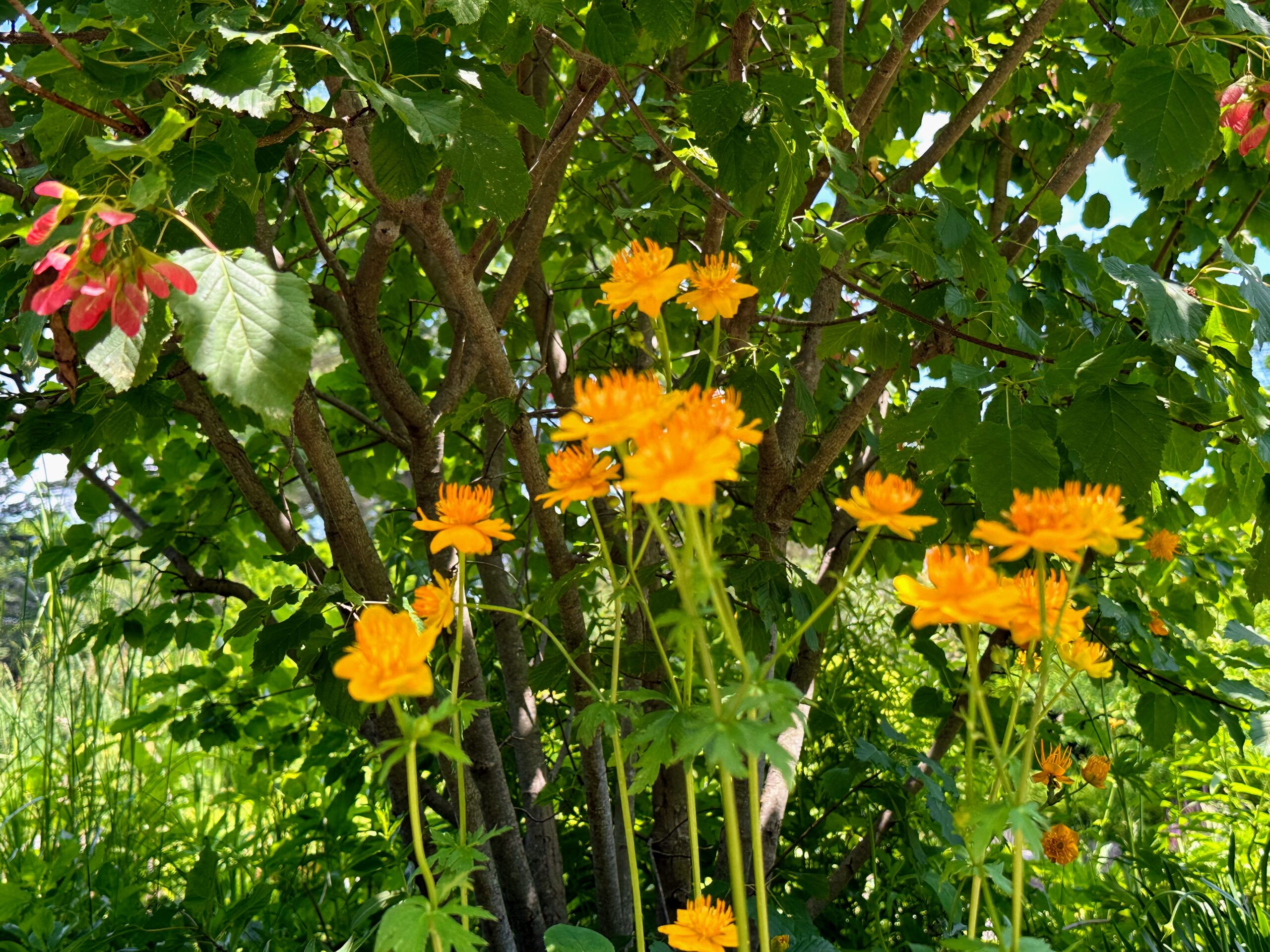
They go on to describe several gardens featured in their book in which gardeners express very clear intentions about what their gardens are all about. For example, Charles Cresson inherited his garden from generations of gardeners before him. His mission is, “To honor his family and honor their horticultural traditions, and at the same time bring it into this century with newer plants and new ways to manage things.”
Another gardener designed a garden outside his 1950’s midcentury modern home to intentionally “juxtapose minimalism with abundance.” His garden contrasts his home’s spare, minimalist lines with massed plantings of flowing, ornamental grasses and flowers.
One garden was designed to address the problem of storm water runoff. A rain garden, planted on a slope, absorbs much of the water during heavy rains and prevents erosion. Yet another features edibles in an environment where guests can enjoy eating them.
An artist who describes gardening as an act of transformation, says her garden embodies the idea that gardening is a work of art—one that is never finished.
Juday says that gardeners should have the confidence to express their own points of view. In her own garden, she has created mini gardens—”little, complete universes in different parts of my garden.” Only recently did she realize that her little gardens reflect her Quaker beliefs that “close observation of tiny, humble natural objects could reveal patterns of creation, and therefore be a bridge to the divine.”
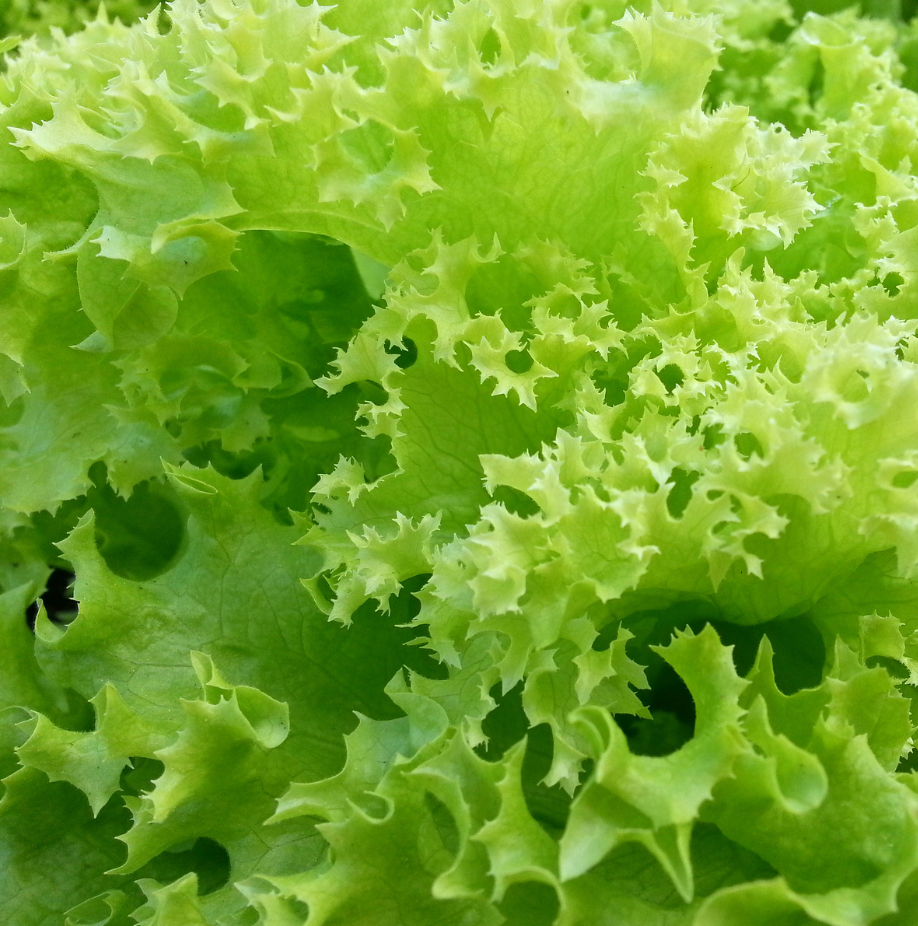
Cardillo’s intention is to educate and inform. He showcases native perennials and has made room for edibles in places where kids pass by. “Apparently, it’s working,” he said. He tells the story of a boy who sampled lettuce from his garden, had an epiphany about where salad comes from, and ran home to fetch a bottle of salad dressing!
Juday encourages us to ask ourselves, “What is the thing that you’re doing in your garden that brings you the most happiness and satisfaction?” Cardillo encourages us to “look for the love” and build on that.
So, what’s your intention?
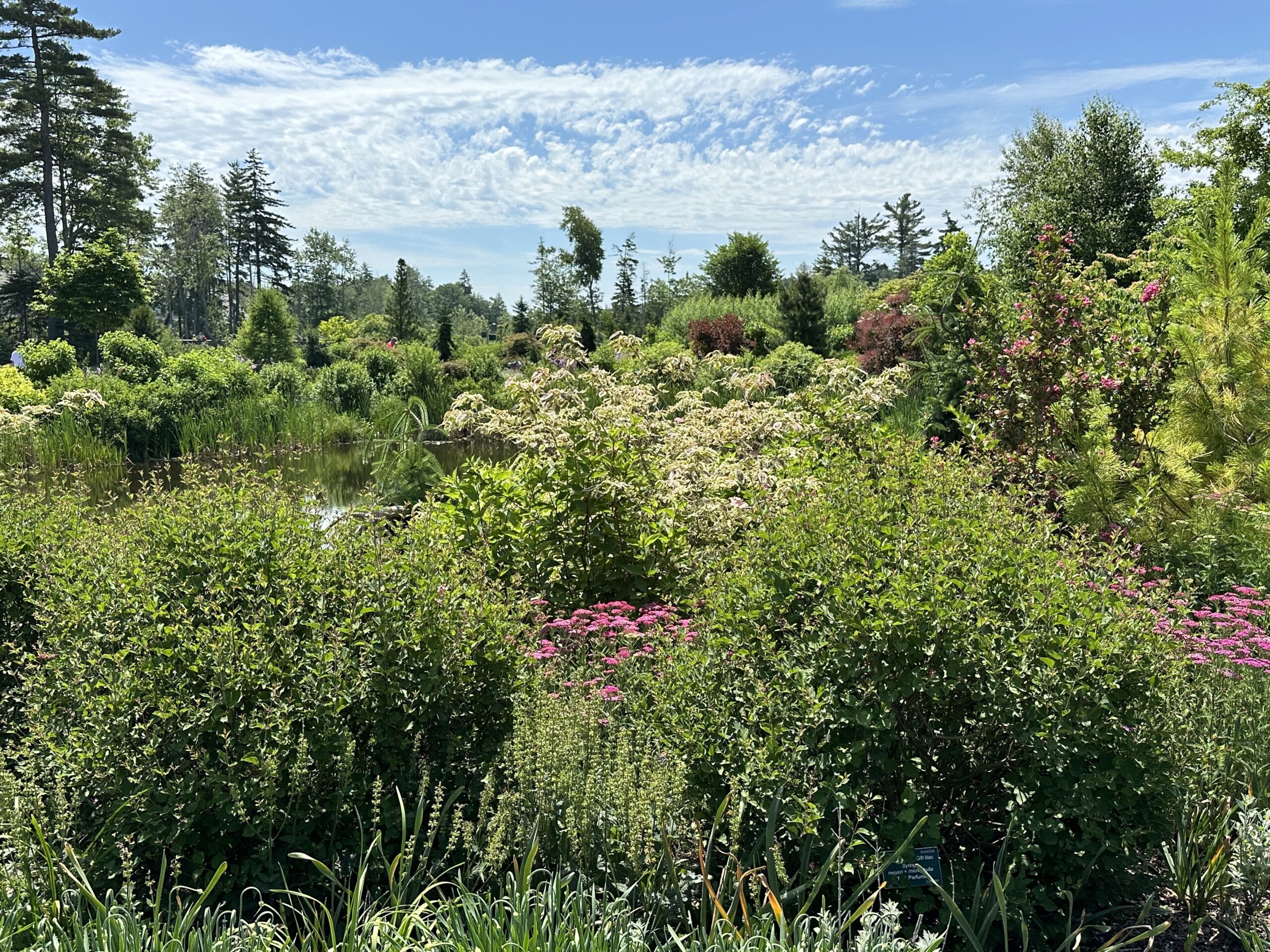
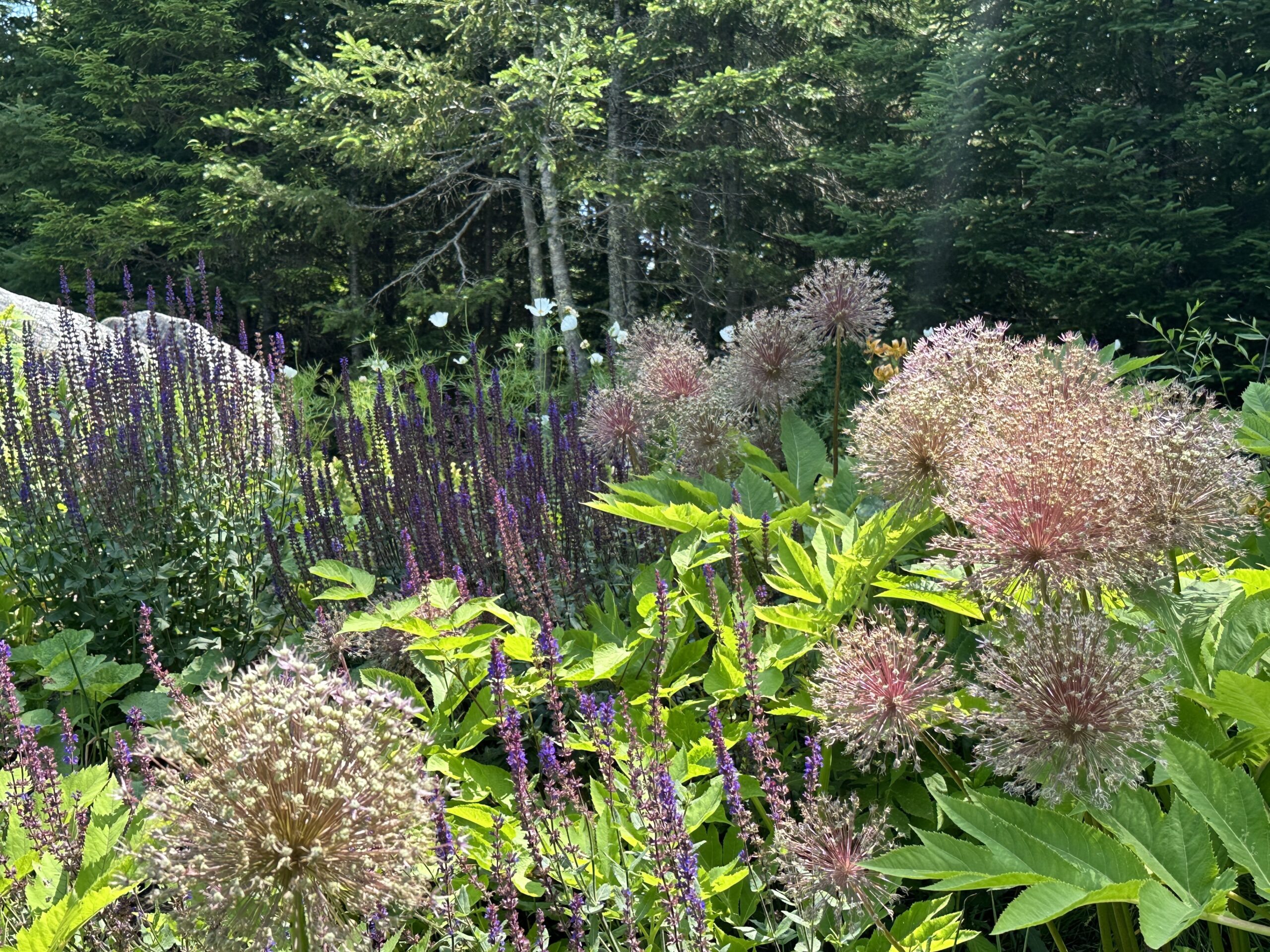
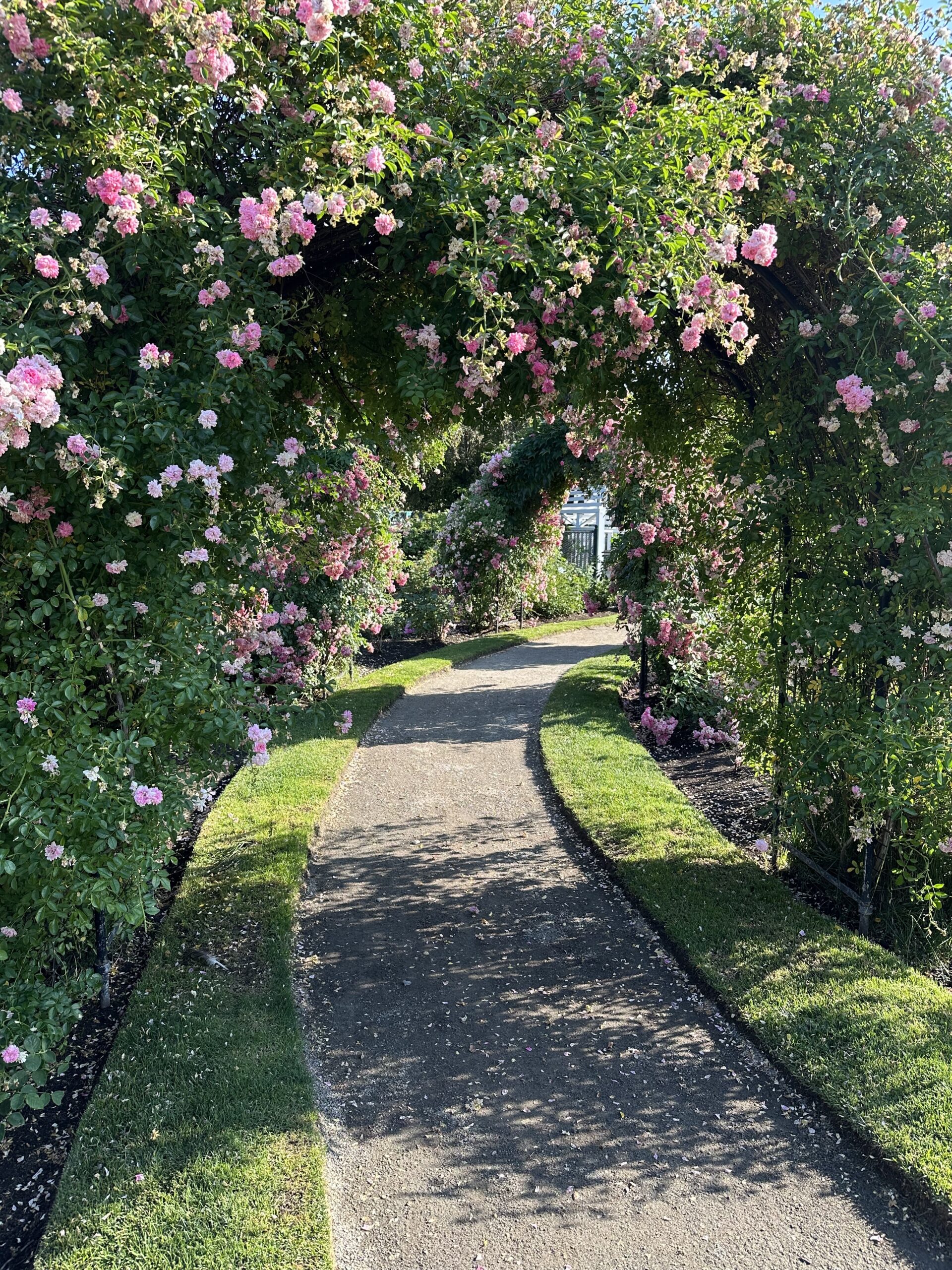
I would love to just have a garden! We have beautiful azaleas throughout the property but I would love to have perennial beds that come back each year. My problem is poor soil. Sand is great for azaleas but not so good for other flowers. I have managed to get a hydrangea and a gardenia bush to grow. I would like more ideas for plants that would do well in the type of soil that I have.